Chapter 2
The Chemical Building Blocks of Life
By Boundless
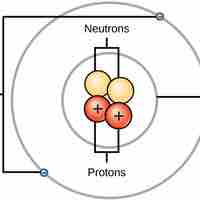
Atoms are made up of particles called protons, neutrons, and electrons, which are responsible for the mass and charge of atoms.
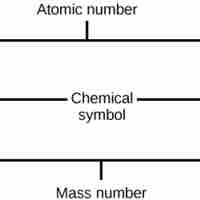
The atomic number is the number of protons in an element, while the mass number is the number of protons plus the number of neutrons.

Covalent bonds result from a sharing of electrons between two atoms and hold most biomolecules together.
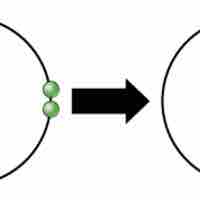
Ionic bonds are attractions between oppositely charged atoms or groups of atoms where electrons are donated and accepted.
Carbon is the most important element to living things because it can form many different kinds of bonds and form essential compounds.
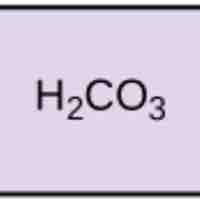
Acids dissociate into H+ and lower pH, while bases dissociate into OH- and raise pH; buffers can absorb these excess ions to maintain pH.

Cohesion allows substances to withstand rupture when placed under stress while adhesion is the attraction between water and other molecules.
Water is able to absorb a high amount of heat before increasing in temperature, allowing humans to maintain body temperature.
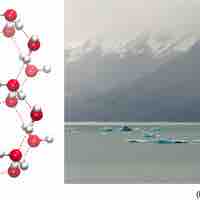
The orientation of hydrogen bonds as water changes states dictates the properties of water in its gaseous, liquid, and solid forms.
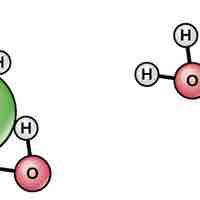
Water's polarity makes it an excellent solvent for other polar molecules and ions.
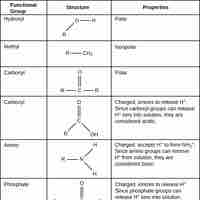
Functional groups are groups of molecules attached to organic molecules and give them specific identities or functions.
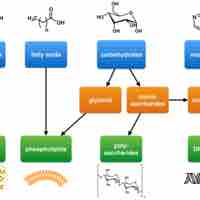
Biological macromolecules, the large molecules necessary for life, include carbohydrates, lipids, nucleic acids, and proteins.
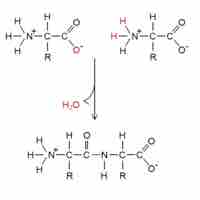
In dehydration synthesis, monomers combine with each other via covalent bonds to form polymers.